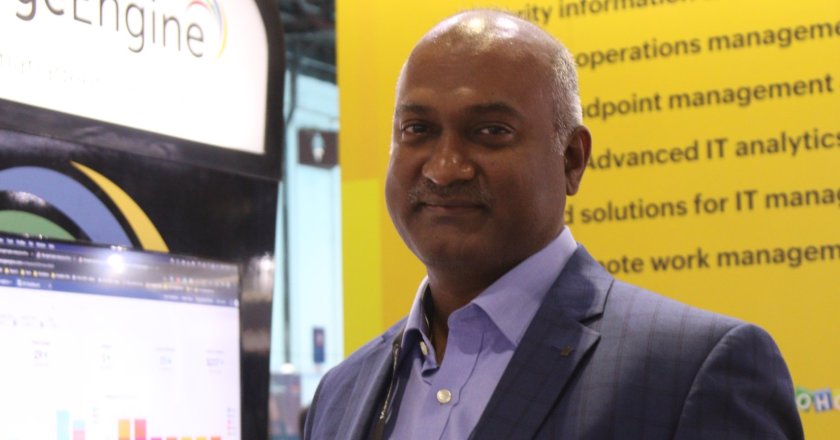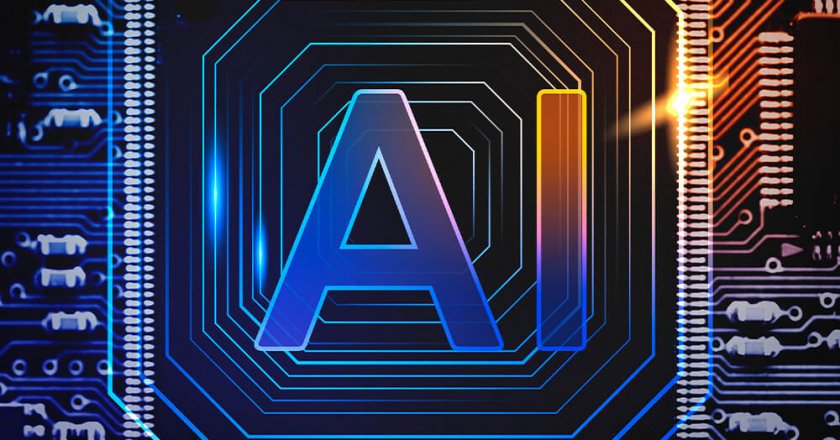Nitya Ravi of CPI speaks to Nirmal Kumar Manohar, Regional Director of ManageEngine. about the special product offerings available to their customers.


Nitya Ravi of CPI speaks to Nirmal Kumar Manohar, Regional Director of ManageEngine. about the special product offerings available to their customers.

Nitya Ravi had the pleasure to interact with Uday Kizhepat, Vice President and General Manager of WSO2 along with Devaka Randeniya, Chief Revenue Officer at WSO2.

As the industrial world becomes ever more connected and complex, the need to embed pervasive cybersecurity policies is paramount, says Tim Grieveson, Chief Information Security Officer, AVEVA.

Murray Irvine, Senior Director, Data Centre Compute and Solutions – MERAT, Dell Technologies, outlines why sustainability is the key to a future-proof edge and how we can utilise edge to overcome data challenges.

Ray Kafity, Vice President – Middle East Turkey and Africa (META) at Attivo Networks, took the time to speak about their new IDR solutions that will be debuted at GITEX 2021, the dialogues they intend to have with stakeholders at the event and the importance identity protection solutions in the future.

The initiative is in line with the UAE Vision and its long-term evolution plans of building a knowledge-based economy. The program will equip participants with the understanding of IoT technologies through practical action and implementation tools to build better futures. The Academy will respond to challenges and opportunities of Industry 4.0.

Nutanix, a leader in hybrid multicloud computing, announced today that National Takaful Company PJSC (Watania), a UAE insurance company based in Abu Dhabi, has standardised on Nutanix Hyperconverged infrastructure (HCI) technology.

A10 Networks Expands Security Portfolio Capabilities to Bolster Zero Trust Architectures.

Driving Digital Transformation with Effective Application Delivery and Security.

Digital Trends that will change the face of the ICT MENA Industry.

Taking a strategic view of where technologies you have not successfully deployed before sit within your wider business objectives is crucial for building the business case for them and acquiring the necessary buy-in from budget holders to invest complementary solutions and onboard the necessary skills.

Sophos Acquires Refactr to Optimise Managed Threat Response (MTR) and Extended Detection and Response (XDR) with Security Orchestration Automation and Response (SOAR) Capabilities.

Customers Prefer to Bank Digitally But Still Crave a Human Connection When It Matters, Finds Temenos Survey.

Sophos, a global leader in next-generation cybersecurity, has announced that it has acquired Braintrace, enhancing its Adaptive Cybersecurity Ecosystem with …

Cybereason has just announced the acquisition of empow, a security analytics company based in Tel Aviv. This acquisition follows on the heels of Cybereason securing $275 million in crossover financing.

Cybereason Secures $275 Million in Crossover Financing to Extend Global Leadership in XDR.

Cisco’s new IoT router portfolio is the broadest on the market, bringing reliable connectivity to any IoT edge use case to run connected operations securely and at scale.

When COVID-19 arrived in early 2020, enterprises’ first priority was to patch together a communications and information-sharing infrastructure that could sustain operations until work could return to normal. More than a year later, returns are on hold, and enterprises are rethinking their visions of “normal.” They’re reimagining their workplaces and their business practices, embracing more flexible models that take advantage of the benefits of edge technologies.

Agility + analytics x automation can equal exponential growth for today’s organisation.

Are the region’s data centres ready for our digital demands?